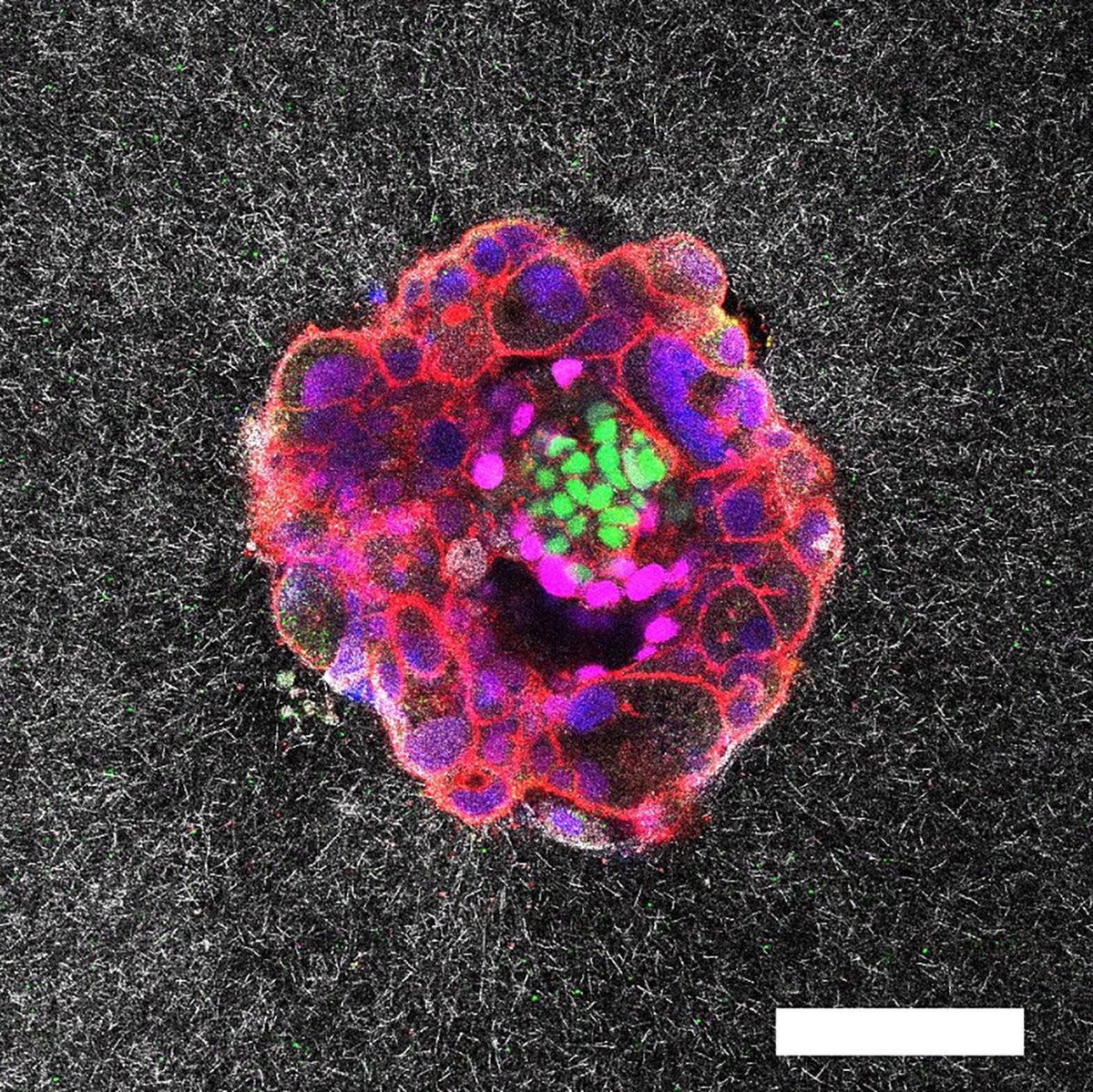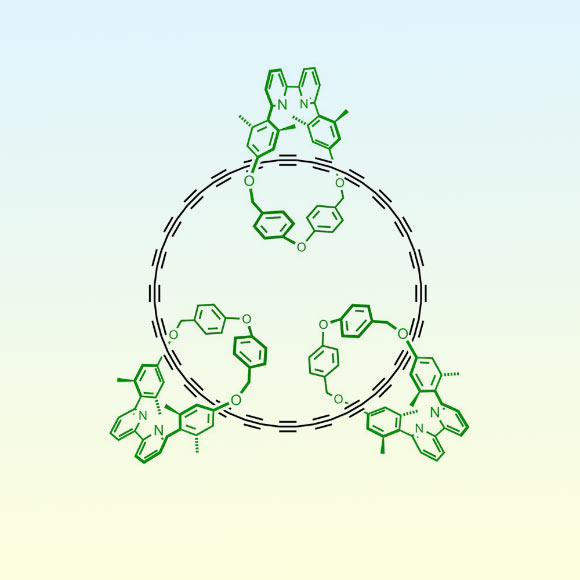Now Reading: Scientists Unveil First 3D Images of Human Embryo Implantation
-
01
Scientists Unveil First 3D Images of Human Embryo Implantation
Scientists Unveil First 3D Images of Human Embryo Implantation

Quick Summary
- Scientists have recorded 3D images and videos of human embryo implantation into a uterine-like habitat for the first time.
- Researchers observed how embryos generate tiny pulling forces to burrow into surrounding tissue, revealing unseen facets of the process.
- This revelation has implications for improving in vitro fertilization (IVF) techniques by targeting the implantation phase, considered a major hurdle in human reproduction.
- Up to 60% of miscarriages occur due to implantation failure, highlighting its critical role in fertility.
- The study used embryos donated after assisted reproduction processes and a special gel-collagen matrix mimicking uterine tissue.
- Differences were observed between how mouse and human embryos anchor themselves-the former pull along stronger directional lines while human embryos create multiple traction networks.
- Researchers hypothesize that micro contractions help guide embryos towards blood vessels, though further studies are needed to confirm this.
- Healthier embryos exhibited stronger pulling activity during implantation; weaker movements correlated with lower chances of survival or triumphant invasion of tissue.
- Experts from other institutions emphasize that replicating this system in labs globally may face technical challenges but praise it as an vital leap forward.
!Embryo compacting animation
Animation: Embryo compacting into uterine-like tissue.
!Two embryo comparison
Two different embryos implanting side by side.
Indian Opinion Analysis
This groundbreaking research offers valuable insights into one of the least understood stages of human reproduction-embryonic implantation-wich could transform assisted fertility treatments like IVF worldwide, including India where infertility rates are rising due to lifestyle and reproductive health challenges. By providing real-time observations through advanced 3D imaging technology, scientists are addressing a key factor behind infertility: unexplained implantation failures.
For India, where access to quality IVF care is frequently enough restricted due to high costs or limited infrastructure outside urban centers, advancements based on this study could lower costs over time while increasing success rates if adapted successfully for practical applications like identifying healthier embryos pre-transfer.
Though, scalability remains uncertain as noted by experts-it may take years before such innovations can be standardized globally or modified for use across different socioeconomic contexts-including India’s diverse population with varied healthcare accessibility challenges.
Further research confirming these findings across larger studies or new trials represents hope for transformative developments in reproductive science but will require long-term investment into infrastructure-building efforts that echo such global breakthroughs locally.
























